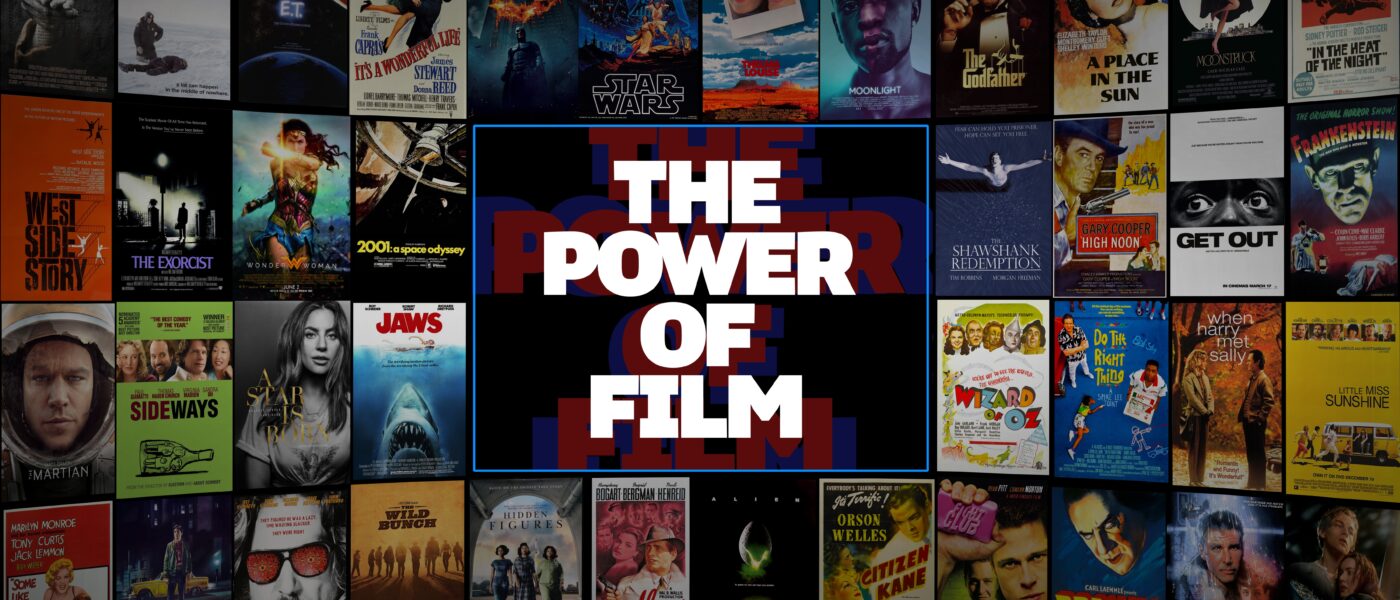TCM and UCLA’s Howard Suber Deliver a Much-needed six-part dive into why Movies Matter
DIRECTED BY LAURA GABBERT/2024

Being a sucker for any and all film history documentaries, particularly the broad, sweeping, widely inclusive ones, it’s always fantastic to see a new such effort materialize. Aside from the continuing work of Mark Cousins (maker of the last decade or so’s very fulfilling “Story of Film” projects), things have been relatively quiet in this realm as of late. Yet, with the cannon shifting and all (see: the 2022 Sight & Sound “Greatest Films of All Time” critics list, with its tremendous mass entrance of women and minority representation in “the canon”), it seems we’re quite due for some grandiose reassessment for today’s inclusive era. And who better to host one than an aging white male academic?
I kid. While TCM’s new six-part series The Power of Film isn’t exactly the kind of extraordinary polished full-blown talking head-filled tour of cinema in all its facets (like the American Film Institute, PBS, and yes, TCM, used to generate on a regular basis), it fully delivers in terms of being concurrently thought provoking and thoughtful. Without fail, each of the episodes ends with a grabber of a declaration that sums up the hour and entirely lives up to the series’ title.
At its living core is long-time UCLA professor Howard Suber (recipient of the Dickson Emeritus Professorship Award, the highest honor the school can bestow upon a retired faculty member). As each episode’s opening sequence informs us, Suber has been teaching aspiring filmmakers and film historians about the central intricacies and creative mechanics of cinema.

The series is a derivation of Suber’s 2006 book of the same title. While the book (deceptively slim for its 400+ pages, wasting none of them) utilizes a novel alphabetical approach to analyzing popular films in all their power (headers include “Action”, “Animation”, “Backstories”, “Call to Adventure”, “Detective Films”, and so on), the series goes with a distilled thematic structure, as follows:
Part 1: “Popular and Memorable”, wherein Suber details his conceit of sticking primarily to known and well-remembered American movies for his analyses.
Part 2: “Trapped”. Almost every compelling film story is about a character who is, in one way or another, trapped. The question intended to keep us watching is, “How can they out of it?”
Part 3: “Character Relationships”. How each central character must matter within the internal intentions of their stories, and what our compulsion to watch them tells us about ourselves.
Part 4: “Heroes and Villains”, in which the age-old dichotomy of good guys versus bad guys is given fresh consideration.
Part 5: “The Power of Paradox”. The most interesting characters and stories contain push-and-pull. It is this recognizable tension that propels us towards them.
Part 6: “Love and Meaning”: What everything is really all about.

As directed by Laura Gabbert, written by Howard Suber and Doug Pray (also supervising editor), each episode is anchored by Suber himself direct addressing the camera. Though this reveals the series to be a glorified film studies lecture, the presentation is never not engaging. Clips of the described popular films abound, well edited and smartly showcased. (Be warned- quite often, the clips contain plot spoilers). Titles include Se7en, Thelma and Louise, The Godfather, Do the Right Thing, The Dark Knight, Star Wars, Casablanca, The Wizard of Oz, and many, many, many more.
In mining a lifetime of academic service, Suber and company have given movie lovers a fantastic resource to not just help us connect better to films, but to connect better to ourselves. Profoundly and appropriately, TCM’s The Power of Film will leave you reeling.


